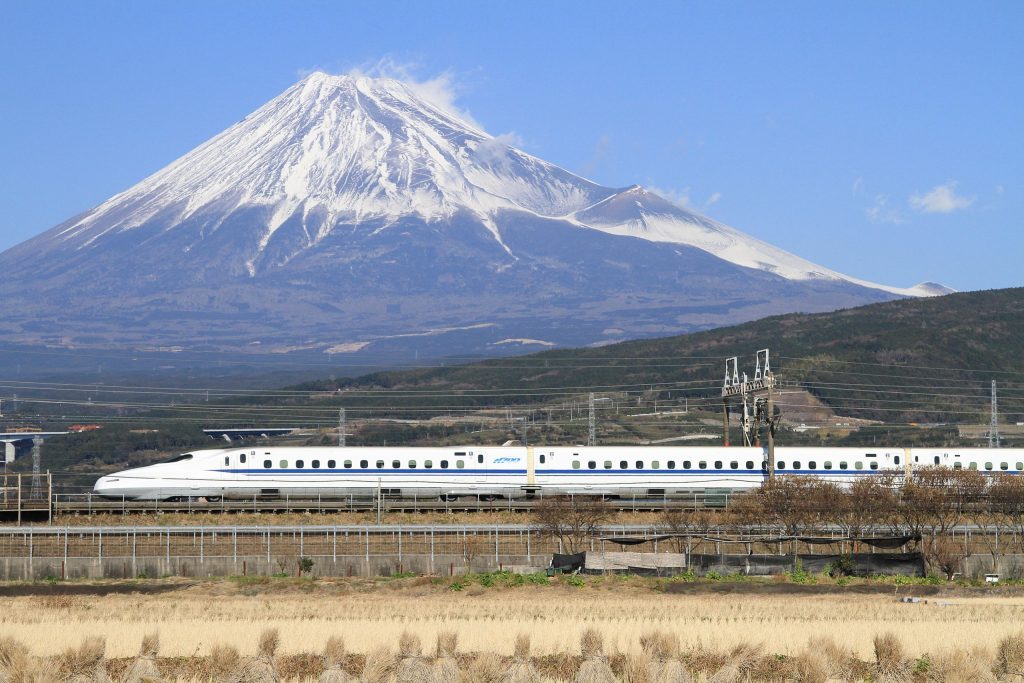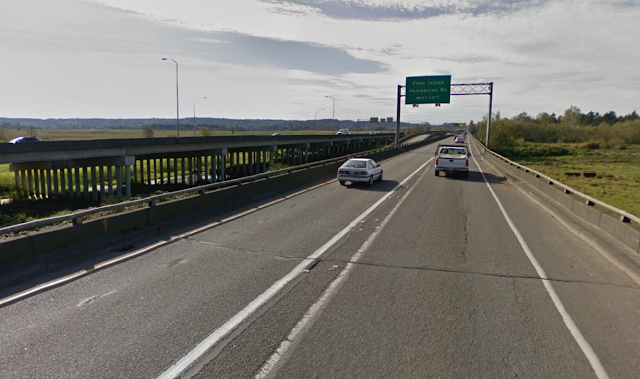Last year most local Democratic politicians lined up behind the carbon fee initiative (I-1631). That measure didn’t pass. Nonetheless the coalition behind the initiative vowed to keep building momentum toward dramatic climate action. Climate advocates hoped expanding Democratic majorities in both chambers would speed the way.
In some ways, the state legislature is picking up the baton. Washington State Democrats are working on a 100% clean electricity bill and a clean fuels standard bill, both would take a big cut out of carbon emissions. Rep. Jake Fey also has a bill advancing electric car infrastructure and incentives.
In other ways, Democrats are dropping the ball.
Sen. Steve Hobbs’ transportation package (Senate Bills 5970, 5971, and 5972) is a prime example of that. It’s $16 billion of mostly highway expansions. Although, Sen. Hobbs proposes a small carbon tax (without inflation adjustment) of $15 per ton to help pay for the highway upgrades, the bill invests only 6% in transit, walking, and biking (excluding Washington State Ferries monies, which are geared toward moving cars).
A carbon tax should be invested in sustainable projects; highways don’t fit the bill. Every time you widen a highway, you induce more demand for driving, and the highway fills up and soon it’s just as congested as before–meaning all you’ve done is increase carbon emissions to minimal benefit to mobility. I-1631 followed a sustainability principle as it intended a carbon fee as a vehicle to invest billions in the green economy–such as bus electrification and wind and solar power projects.
While some senators move to squander a carbon tax, some representatives are working to cut transit funding. Last Friday, Rep. Mike Pellicciotti filed House Bill 2123, which was a rehash of his car tab bill from last session, and included 29 Democratic co-sponsors. We issued an action alert within the day on Saturday and by Tuesday had more than 1,000 letters to lawmakers sent through our handy tool–plenty more people used the legislature website or called their representatives directly. It appears we took some wind out of these marauders’ sails, as the House Transportation Committee delayed a vote scheduled for Thursday. Hopefully, this means stalling out of the legislative effort that Sound Transit says would blast a $1.4 billion hole (year of expenditure) in the $54 billion (year of expenditure) package of transit upgrades voters passed in 2016.
We cannot stop there though. We don’t need just to stop the cuts; we need to invest in transit at the state level, and that means no more transportation bills focused primarily on highway expansion. We need to maintain what roads we do have and focus on transit and infrastructure for non-car street users (rather than ever-more highway lanes) to move people more more efficiently and with much lower carbon intensity. Even worse, Sen. Hobbs’ bill adds a bike tax, which discourages folks from using the lowest emitting vehicle possible while raising very little revenue.
We started a new online petition to help send your state legislators the message that a transportation bill must further the state’s climate goals and reflect people-first transportation priorities.
When it comes to a carbon tax, we need to use the revenue wisely, not just pump it back into fossil fuel infrastructure in the form of highways and the like. 100% of carbon tax proceeds–pegged at $7.88 billion over the course of the 10-year plan–should go toward mitigating climate change and 0% should go toward highway expansion. This is especially important since Washington state’s 18th amendment makes directing gas tax proceeds towards things other than roads (and fish culverts) dicey and prone to legal challenges. Other funding sources free of that amendment like a carbon tax should be dedicated to multimodal transportation, not highways or culverts. High-speed rail is better at moving people medium-to-long distances, anyway, and without the tailpipe emissions and sprawl that highways generate.

Washington is toward the very bottom of the pack when it comes to transit investments at the state level. A look at the 2015 “Connecting Washington” transportation bill hints at why. While $16 billion was invested, only 6% went to transit, biking, and walking–sounds familiar right?
The way the highway lobby got progressives to go along was tying the highway investments to authorization of the Sound Transit 3 (ST3) vote in the Seattle metropolitan area. So instead of directly investing in light rail like the state could (and should in an ideal world), the legislature only granted that permission to tax ourselves locally if we agreed to a $16 billion worth of highway sprawl. And then to add insult to injury, state legislators have repeatedly come back to try to cut the hard-fought funding voters in the Sound Transit Taxing District approved (without backfilling the revenue losses.) All to funnel money to car owners–and mostly luxury car owners since they would have the largest difference under the competing car tab valuation schedules.
It hasn’t gotten better since then. This past biennium just 4% of the state transportation budget went to transit, and broken out, less than 0.3% of the capital budget went to transit. Other states and nations are lapping us when it comes to committing to transit.
There’s a better way. Let’s have a maintenance-first attitude towards highways, while investing heavily in transit, safe routes to school, and high-speed rail. It could be big ticket items like SR-2 Trestle replacement must be included in the state’s next transportation bill, but we should be investing in so much more. To create the climate future we want, highways cannot consume the majority of our transportation investments.
Doug Trumm is publisher of The Urbanist. An Urbanist writer since 2015, he dreams of pedestrian streets, bus lanes, and a mass-timber building spree to end our housing crisis. He graduated from the Evans School of Public Policy and Governance at the University of Washington in 2019. He lives in Seattle's Fremont neighborhood and loves to explore the city by foot and by bike.


